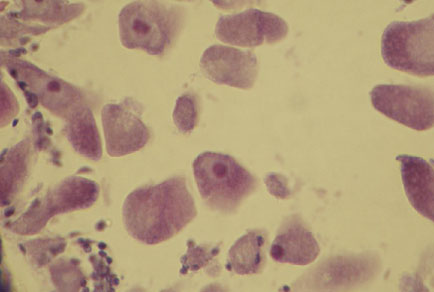Abstract
Mactra veneriformis occurs commonly on estuarine tidal flats in temperate East Asia. Based on population sampling and recording of environmental variables over an extensive sandflat at a river mouth in Ariake Sound, southern Japan for 39 months, several reproductive traits were monitored and the recruitment, growth, and survivorship for cohorts tracked. The reproductive season ranged from May to September. Each year three to five newly-recruited cohorts appeared in June to October. A single cohort derived from adult spawning in late September occurred in December to January but disappeared by mid-May. Earlier summer recruits reached a maturation size in late September. Each year two or three cohorts survived until next February and fused into a composite cohort. High mortality in juveniles sometimes happened in the rainy period from June to July and at typhoon arrivals in July to October, with increased river discharges. Occasionally juvenile mass mortalities were observed following large wind-induced waves associated with typhoons. Despite their high mortality in the rainy period in some years, the fused adult cohorts contributed solely to the effective reproduction for the entire population. The surviving members of these cohorts died off during the following winter, with an estimated life span of 1.5 years.

